
I want to revisit my first journal spread to discuss
the addition of "Words" as a finishing touch in
making a page complete.
As you can see from the photo I above, there
are plenty of blank spaces, surrounding the art
for me to add my thoughts.
But I'll be honest, putting pen to paper in an
eloquent manner, seeking to capture the essence
of a particular moment or happening, so that I
don't cringe or wince in horror when I re-read
my efforts much later, is not always an easy task.
For each page, I strive to construct a meaningful
phrase, sentence or paragraph that will tell a story
or reinforce the particular artwork's message because
I want those words to draw me in, time and time again,
helping me re-live a memory.
So this week, I will share 10 tips, tricks, techniques I
use when writing and adding my words to a journal.
1. Carry a small notebook and writing instrument
every time you leave the house.
I do this even when I go outside to my garden. My
main source of inspiration are my experiences. Life
is ever changing and having materials that help me
capture fleeting thoughts are essential.
2. Don't censor or critique yourself. Jot down any
and all words and phrases that come to mind
during or following an experience.
The more you write, the more material you have to
work from when it comes to crafting the perfect
verbiage for your page.
3. As soon as possible, use those captured freeform
words and phrases to construct sentences.
Don't worry about how the sentences flow. This is
a way to create complete thoughts from random
bits. It's your rough draft.
4. Have a good thesaurus on-hand and use it.
After writing complete sentences, use a thesaurus to
find substitute words that help these statements sound
more lyrical or poetic. I own a copy of the Oxford
American Writer's Thesaurus.
5. Read and re-read... edit and re-edit, then let it rest!
Take time to carefully read and edit your work.
Once you feel satisfied, sleep on it. If it still
sounds good in the morning then you are ready
to add to the journal.
6. Use Tracing Paper over the journal page to
experiment with word arrangement.
Tracing paper is a great way to experimenting
with out having to make a commitment.
7. Use pencil to lightly write in the journal.
Light pencil marks make it easy to erase mistakes
and start again.
8. Carefully trace over the pencil marks making strokes darker.
Once all the words are lightly penciled on the page,
the layout and spelling are correct, you can use a
darker, more permanent writing instrument to make
the writing stand out.
9. Practice makes perfect!
The more you write the easier the task will be.
10. Read books and magazine that inspire your writing.
One of my favorite books is Writing The Life Poetic,
by Sage Cohen. I, also, read poetry books to help
expand my vocabulary, inspire my choice of words and
improve the way I construct a verse or sentence.

Happy Writing!

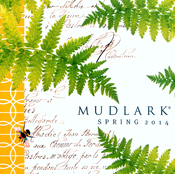
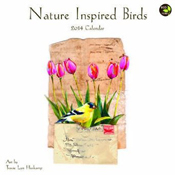
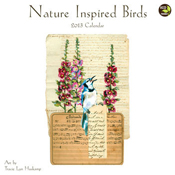
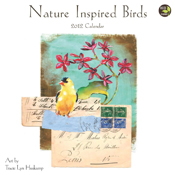



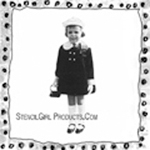
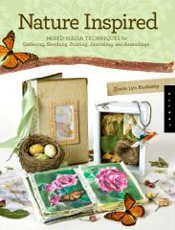
















2 comments:
I love this series of posts... I carry a notebook when I am going out and there is always one near me in the house but I never think of bringing it out with me when I am going into the garden... what a sensible thing to do.
terrific advice. thank you.
Post a Comment